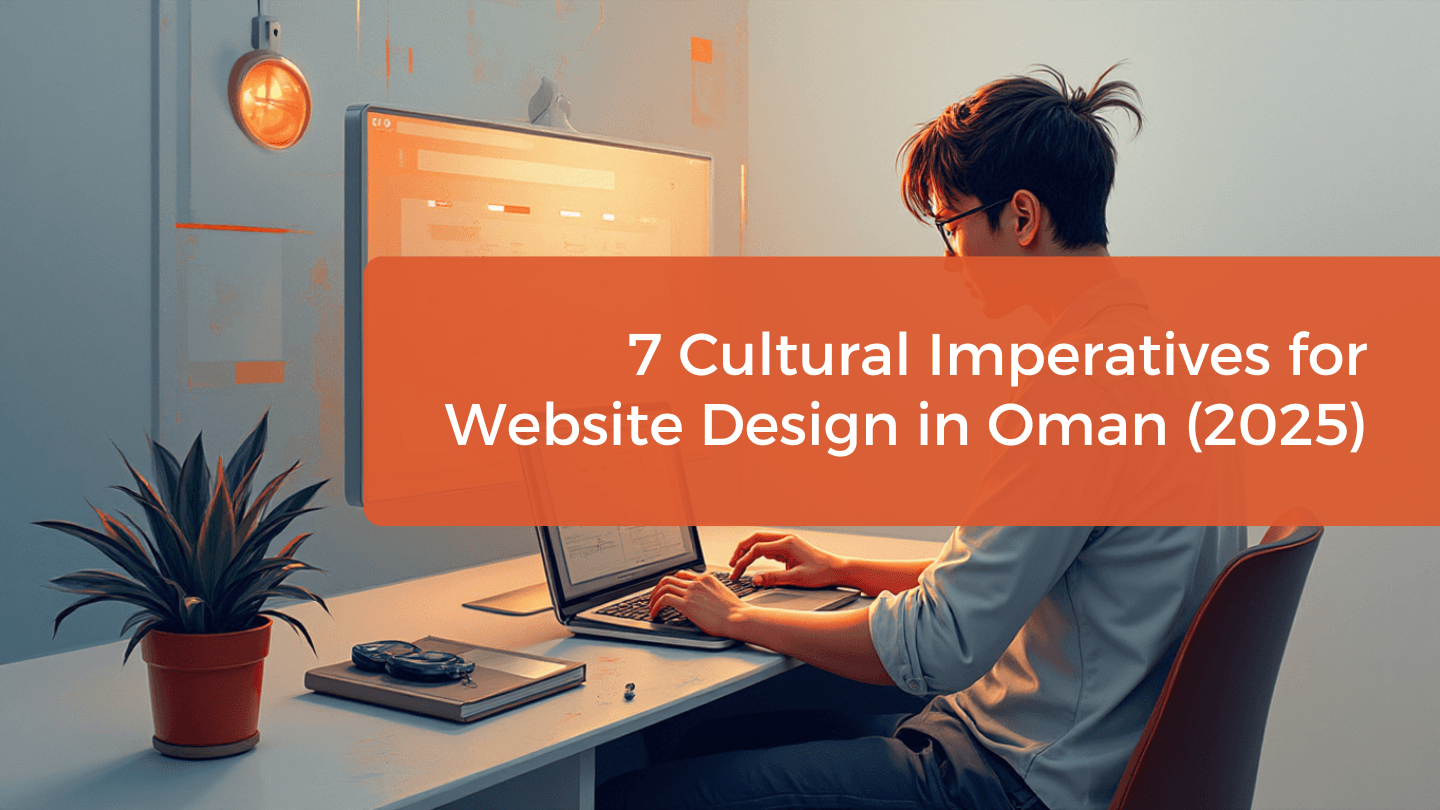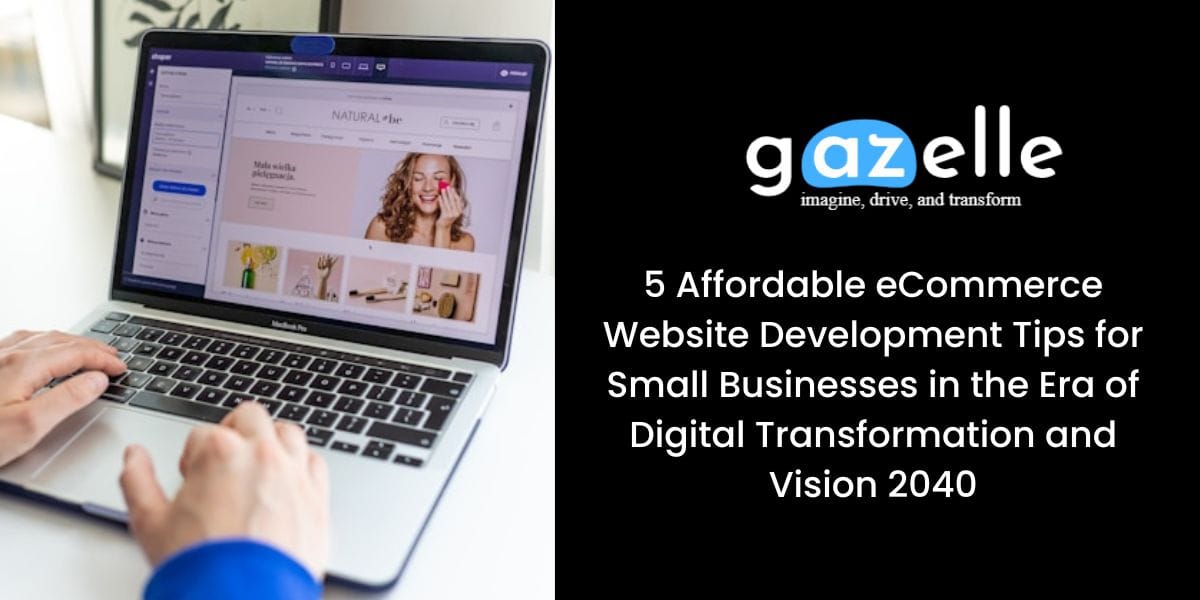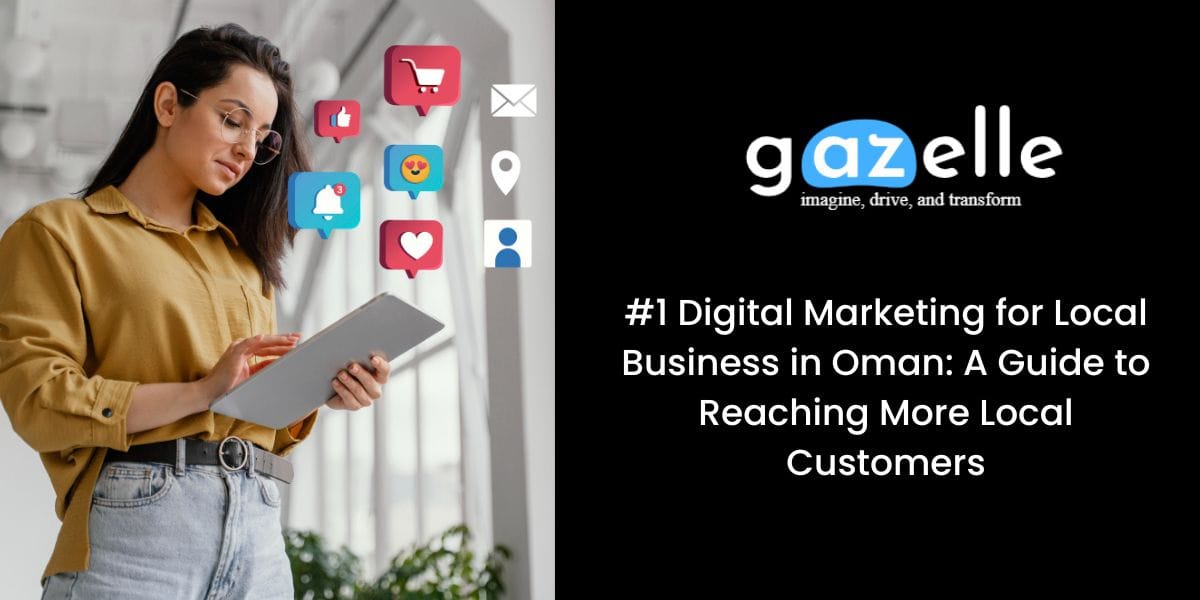In the Sultanate of Oman, a website is far more than a digital brochure; it is a cultural representative of your business. While global web design trends favor universal aesthetics, success in Oman is defined by the depth of your localization and your respect for local traditions and Islamic values. A design that ignores these cultural imperatives will fail to build trust, resulting in high bounce rates and low conversions.
To effectively connect with the discerning Omani user, your website must integrate seven core cultural and linguistic elements.
1. Right-to-Left (R-T-L) Layout: The Arabic Imperative
The most fundamental cultural design requirement is the accommodation of the Arabic language, which is read from right to left. Ignoring this renders a bilingual site unusable and unprofessional to native speakers.
- Layout Mirroring: The entire site structure must be mirrored. This means the main navigation, sidebars, progress indicators, carousels, and even the logo (in some cases) should be aligned or animated to flow from right to to left.
- Navigation Placement: The main navigation menu and the primary Call-to-Action (CTA) buttons should be positioned on the right side of the screen, as this is the natural starting point for the user’s eye.
- Typography: The Arabic script requires careful selection of Arabic web fonts that maintain legibility across all devices. Designers must pay close attention to the unique ligatures and spacing (kashida) specific to the Arabic script.
2. Cultural Color Psychology and Motifs
Color choices in Omani web design are deeply influenced by the country’s landscape, heritage, and religious values. Random color palettes signal a lack of cultural awareness.
| Color | Cultural Significance in Oman | Design Application |
| Green | Symbolizes Islam, nature, and prosperity. | Used for CTAs (success, trust), and for links to charitable or ethical business practices. |
| Gold/Earthy Tones | Represents the desert, wealth, and traditional architecture. | Used for borders, accents, and premium service presentation to convey quality and heritage. |
| Blue/Cool Tones | Symbolizes the sea/ocean, trust, and calmness. | Effective for corporate sites, finance, and security sections to build confidence. |
| White | Denotes purity, peace, and simplicity. | Used liberally for backgrounds and negative space (minimalism), reflecting cleanliness and clarity. |
- Motifs: Subtle incorporation of traditional Islamic geometric patterns or Omani architectural details can add a layer of authenticity without appearing outdated.
3. Visual Modesty and Religious Respect
In adherence to Islamic values, the imagery used on the website must be carefully vetted for modesty, dignity, and respect. This is a non-negotiable requirement for connecting with the local audience.
- Human Imagery: Avoid images featuring overly revealing attire or suggestive poses. If using images of people, ensure the clothing is conservative and respectful of local customs.
- Contextual Relevance: Images should reflect the Omani context. Use pictures of local landmarks, Omani professionals, or families that resonate with the local user base. Generic stock photos of Western models or settings should be avoided.
- No Controversial Content: Strictly avoid imagery or text related to alcohol, gambling, or any topic deemed inappropriate or offensive under Islamic and Omani law.
4. ️ Emphasis on Mobile-First Accessibility
While technically a global trend, the reliance on mobile devices in Oman elevates this to a cultural accessibility imperative. The Omani user expects the entire experience to function flawlessly on a smartphone.
- Simplified Navigation: Due to the complexity of the Arabic script and R-T-L layouts on small screens, minimalist navigation (clean menus, clear icons) is essential to prevent user frustration.
- Finger-Friendly CTAs: Buttons and links must be large enough to be easily tapped on a mobile screen, ensuring a smooth flow through the checkout or inquiry process.
- Speed: Websites must load rapidly. High-speed, professional hosting within the region (e.g., in the GCC) is recommended to ensure low latency and superior performance for local users.
5. Building Digital Personal Relationships (Customer Warmth)
Omani culture places a high value on personal relationships, warmth, and hospitality. The website should reflect this personal touch, contrasting the cold, purely transactional feel of many international sites.
- Prominent Contact Channels: Make it extremely easy to contact a human. Integrate WhatsApp Business chat and visible local phone numbers, as many Omani consumers prefer conversational communication over email or forms.
- Clear Identity: Feature a strong “About Us” or “Meet the Team” section that introduces the people behind the business. This human element fosters trust and approachability.
- Personalized Greetings: Implement simple personalization features that offer a friendly, customized experience to returning visitors.
6. Minimalism and Clarity (Avoiding Clutter)
While rich in tradition, Omani design favors cleanliness, order, and uncluttered space. A chaotic or flashy website is often perceived as cheap or unprofessional.
- Negative Space: Use ample white space (or light, neutral space) to allow the content to breathe. This reflects the aesthetic preference for simplicity and makes R-T-L text easier to digest.
- Hierarchical Content: Prioritize information clearly. The most important content—what you do, where you are, and how to contact you—should be immediately visible, catering to a user base that values directness.
7. Demonstrating Transparency and Legality
A professional Omani website uses clear, visible legal and transactional elements to demonstrate its adherence to local business standards.
- Localized Certification: Clearly display local trust badges like Maroof Oman or logos of local payment partners (e.g., Bank Muscat, Thawani).
- Transparent Policies: The Refund, Return, and Privacy Policies must be easily accessible, written in clear language (both Arabic and English), and fully compliant with Omani commercial law.

Conclusion: Your Gateway to Omani Success
In the rapidly expanding Omani digital space, a successful website must act as a seamless bridge between modern technology and deep-rooted culture. By strategically implementing R-T-L layouts, culturally appropriate color psychology, visually modest imagery, and personalized support channels, businesses can design a digital experience that resonates authentically with the local consumer. This commitment to digital etiquette is not a constraint—it is the essential framework for building long-term credibility and achieving significant market penetration in Oman.






